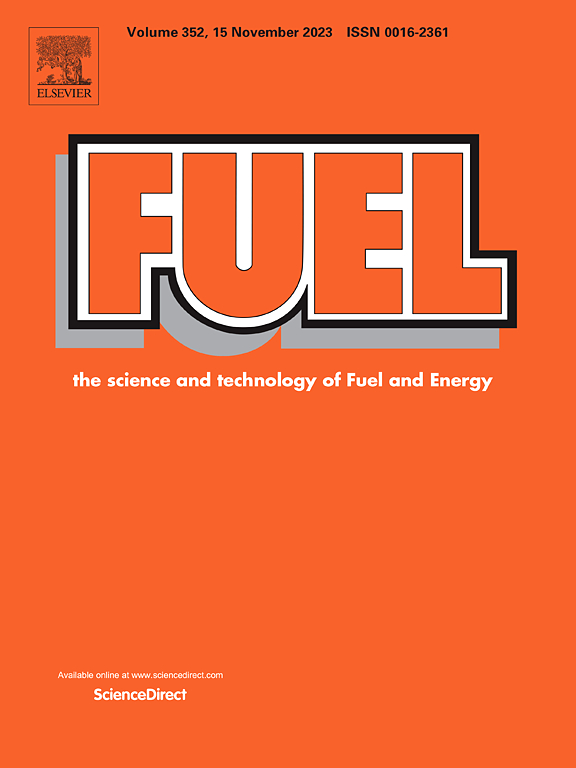Explosion characteristics of non-premixed cloud in relative motion between heat source and flowing cloud
IF 6.7
1区 工程技术
Q2 ENERGY & FUELS
引用次数: 0
Abstract
The outward dispersion of solid medium with heat source properties is a common form in explosion accidents. If the liquid fuel leaks to form a cloud, it may explode again when encountering an ignition source. However, the relative motion between the high-temperature source and the combustible cloud makes the explosion process complicated. The 20L cylindrical explosion vessel was used to study the non-premixed and premixed PO cloud explosion by experimental and simulation methods. The relationship between the peak pressure of cloud explosion and mass concentration is an inverted ‘U’ under two ignition modes, and the maximum explosion pressure under non-premixed ignition is higher than that under premixed ignition. The time to reach the peak pressure of non-premixed cloud explosion is obviously advanced at higher temperatures, while it has little effect on the explosion time of premixed cloud. For non-premixed cloud ignition, a liquid fuel can be ignited by a high-temperature source during the dispersion process at a lower spray pressure. The variation range of peak pressure in liquid cloud explosion is more intense than that of initial spray pressure. We hope that this study can provide a basis for the prevention of liquid fuel explosion accidents.

求助全文
约1分钟内获得全文
求助全文
来源期刊

Fuel
工程技术-工程:化工
CiteScore
12.80
自引率
20.30%
发文量
3506
审稿时长
64 days
期刊介绍:
The exploration of energy sources remains a critical matter of study. For the past nine decades, fuel has consistently held the forefront in primary research efforts within the field of energy science. This area of investigation encompasses a wide range of subjects, with a particular emphasis on emerging concerns like environmental factors and pollution.
 求助内容:
求助内容: 应助结果提醒方式:
应助结果提醒方式:


